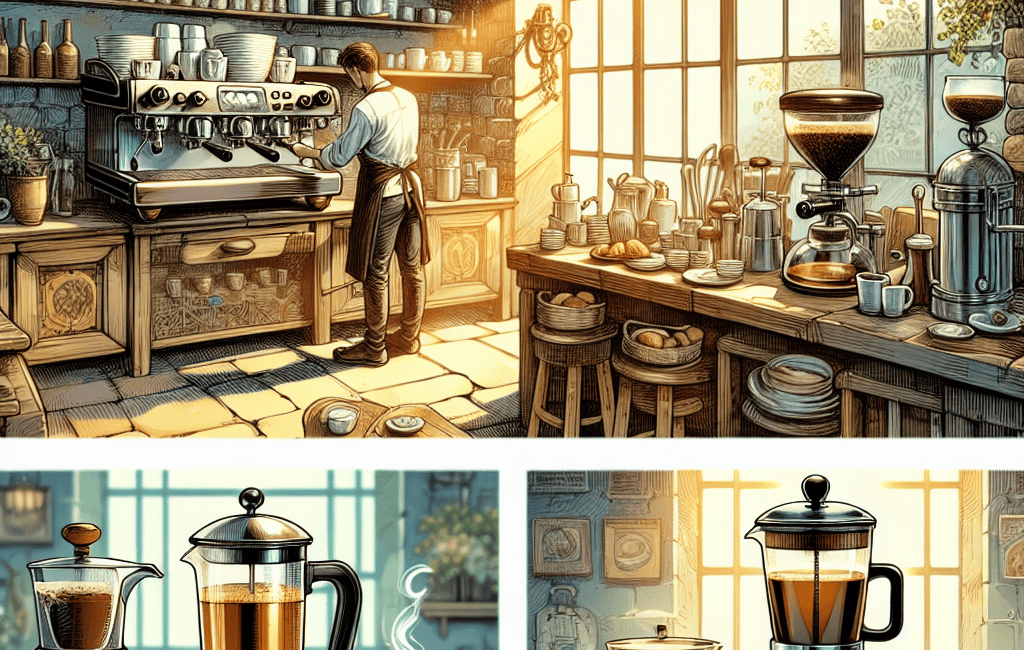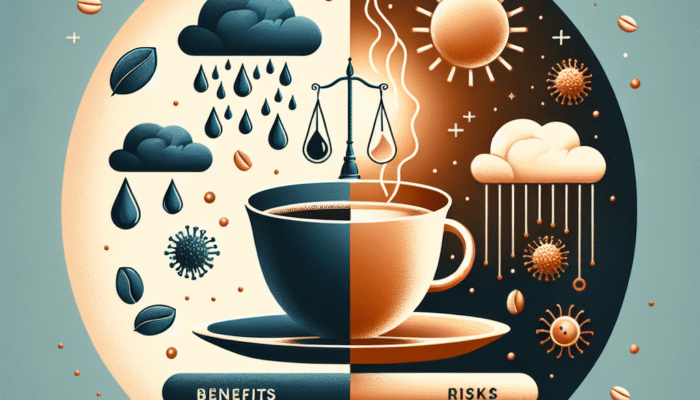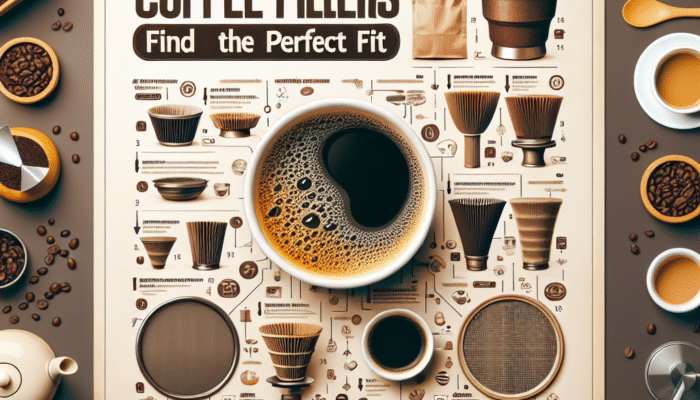
Brewing Methods Explained: Espresso vs. Drip vs. French Press
Coffee lovers around the world have their preferred brewing methods, each offering a unique flavor profile and experience. In this post, we’ll dive deep into three popular brewing techniques: Espresso, Drip, and French Press. Understanding these methods can help you appreciate the nuances of coffee and elevate your brewing skills.
Espresso: The Bold and Intense
Espresso is a concentrated coffee beverage brewed by forcing a small amount of nearly boiling water through finely-ground coffee beans. It is the foundation for many coffee drinks, including lattes, cappuccinos, and Americanos.
How Espresso is Made
The process of making espresso involves several key steps:
- Grinding: Espresso requires a fine grind, similar to table salt. This allows for optimal extraction during brewing.
- Tamping: The ground coffee is packed tightly into a portafilter to create resistance for the water.
- Brewing: Hot water (around 90-96 °C or 195-205 °F) is forced through the coffee at high pressure (9-10 bars) for about 25-30 seconds.
Flavor Profile
Espresso is known for its rich, bold flavor and creamy texture. The high pressure during brewing extracts oils and flavors that result in a complex, concentrated shot of coffee. A well-made espresso shot has a layer of crema, a golden foam that sits atop the coffee, adding to its rich mouthfeel.
Pros and Cons of Espresso
- Pros:
- Quick brewing time
- Intense flavor and aroma
- Versatile base for various coffee drinks
- Cons:
- Requires specialized equipment (espresso machine)
- Can be challenging for beginners to perfect
- Higher caffeine concentration per ounce
Drip Coffee: The Classic Method
Drip coffee, or filter coffee, is one of the most common brewing methods used in homes and cafes. It involves pouring hot water over ground coffee, allowing it to steep and extract flavors before dripping into a carafe.
How Drip Coffee is Made
The drip brewing process is relatively straightforward:
- Grinding: Coffee is usually coarsely ground for drip brewing, similar to granulated sugar.
- Water Temperature: Water should be heated to about 90-96 °C (195-205 °F).
- Brewing: Water is poured over the coffee grounds, and gravity helps extract flavors as it drips into a carafe below.
Flavor Profile
Drip coffee offers a clean and smooth flavor profile. The extraction process allows for a wider range of flavors to emerge, depending on the coffee’s origin and roast. It tends to have a lighter body than espresso, making it easier to enjoy multiple cups throughout the day.
Pros and Cons of Drip Coffee
- Pros:
- Simple and easy to use
- Can brew multiple cups at once
- Less equipment needed compared to espresso
- Cons:
- Longer brewing time than espresso
- Less intense flavor compared to espresso
- Requires regular cleaning to maintain flavor quality
French Press: The Rich and Full-Bodied Option
The French Press, also known as a press pot or plunger pot, is a popular brewing method that immerses coffee grounds in hot water. It is known for producing a rich, full-bodied cup of coffee.
How French Press is Made
The French Press brewing process involves the following steps:
- Grinding: Coarse grind is essential for French Press, similar to sea salt, to prevent clogging the filter.
- Brewing: Coffee grounds are steeped in hot water (around 92-96 °C or 198-205 °F) for about 4 minutes.
- Pressing: After steeping, the plunger is pressed down to separate the coffee grounds from the liquid.
Flavor Profile
The French Press method retains essential oils from the coffee grounds, resulting in a bold and rich flavor. The immersion brewing technique allows for a fuller extraction, bringing out the coffee’s natural sweetness and complexity.
Pros and Cons of French Press
- Pros:
- Rich and robust flavor profile
- Simple and inexpensive equipment
- Allows for control over brewing time and strength
- Cons:
- Can leave sediment in the cup
- Requires more cleanup than drip coffee
- Brewing time is longer than espresso
Comparison Summary
When comparing these three brewing methods, it’s essential to consider personal preferences, the desired flavor profile, and the time you have available. Here’s a quick recap:
| Method | Brew Time | Flavor Profile | Equipment Needed |
|---|---|---|---|
| Espresso | 25-30 seconds | Bold, intense, creamy | Espresso machine |
| Drip Coffee | 5-10 minutes | Smooth, clean, light | Drip coffee maker |
| French Press | 4 minutes | Rich, full-bodied | French Press |
Conclusion
Each brewing method offers a unique way to enjoy coffee, catering to different tastes and preferences. Whether you prefer the bold intensity of espresso, the classic simplicity of drip coffee, or the rich experience of French Press, there’s a method that suits every coffee lover. Experimenting with these brewing techniques can also lead to a deeper appreciation of coffee’s diverse flavors and aromas. So grab your favorite beans, choose a method, and start brewing!


